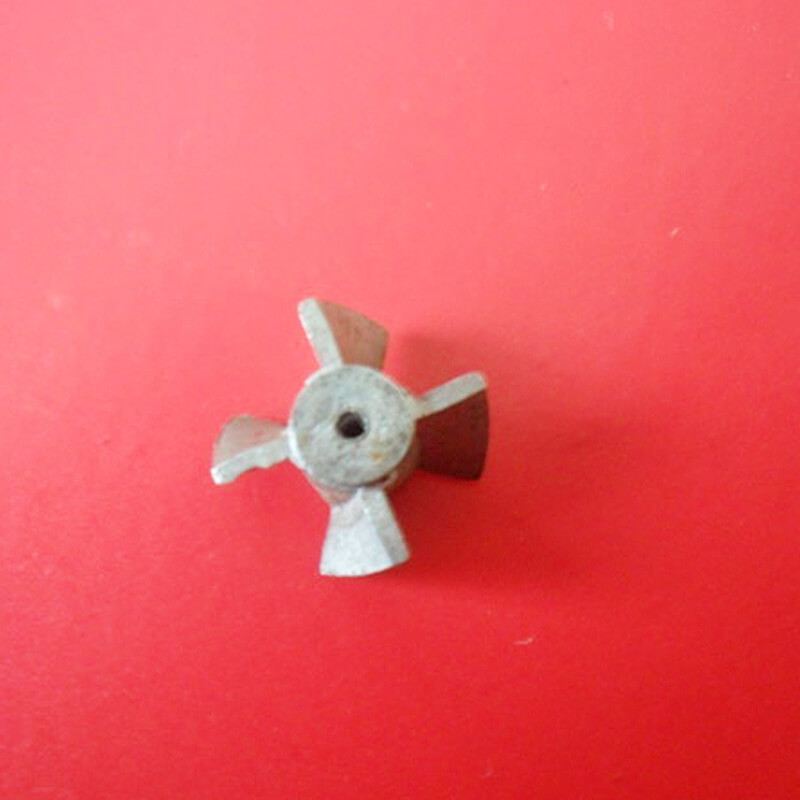When it comes to gears, many people in the industry will compare powder metallurgy gears with machined gears, and discuss which gear produced by the two processing techniques has better performance.
One: How much can the hardness performance of powder metallurgy gears reach?
1: Ordinary atomized powder, the density is above 6.9, and the quenching hardness can be controlled to about HRC30.
2: General pre-alloyed powder (AB powder), Bearing anti-friction parts series
the density is above 6.95, and the quenching hardness can be controlled to about HRC35.
3: High pre-alloy powder (AE powder), density above 6.95, quenching hardness can be controlled to about HRC40
2: What are the advantages of powder metallurgy gears
1: The powder metallurgy gear itself has very good running-in performance, which can ensure long-lasting silence during use.
2: Powder metallurgy gear processing has obvious cost advantages and higher production efficiency than traditional gear hobbing technology.
3: The production cost of powder metallurgy gears is low, and they can be formed at one time, and there is no need to process the gears after forming.
4: The utilization rate of powder metallurgy gear materials is high, which is very suitable for the utilization of steel resources.
5: The density and material of the powder metallurgy gear are stable, and the tensile strength and compressive strength will be very good.
6: Powder metallurgy gear parts have good dimensional consistency, stability and high precision.
7: Powder metallurgy press forming (p/m) adopts mold forming, which can achieve complex-shaped gears that cannot be produced by machining.
8: Powder metallurgy gears can be mass-produced and processed, which greatly reduces the production cost of gears and has higher efficiency.
Through the above understanding of the performance and advantages of powder metallurgy gears, I believe that everyone has a clearer understanding of powder metallurgy gears, such as various precision and complexity requirements, and are more suitable for production by powder metallurgy processes, such as large torque and relatively large shape. For large gears, it is more suitable to produce gears by machining. Both have their own unique advantages in different fields.

 English
English 简体中文
简体中文






